A few weeks back, I took my annual trip to Taipei to attend Computex, which is on the other side of the world from where I live. It's a 13-hour time difference for me and around a 20-hour travel day. The goal is always to pack light, powerful, and comfortable, particularly when it comes to the tech I bring. I need something to work, something to play, and something that won't break my back or leave me red in the face at a TSA checkpoint. So, when the Asus ROG Flow Z13 showed up at my doorstep a few weeks before my trip, it was almost literally a godsend.
Here was a device that could do everything. I could pull it out on the plane to watch movies or anime. I could play some games if I got any downtime at my hotel. It ran all of my Windows applications for work, and it had enough battery life that I wouldn't be tethered to the wall. Plus, it's small, lightweight, and can sip power from USB-C. I mean, what's not to love?
I'd normally take my Steam Deck, a work laptop, my iPad Mini, several additional cables, and a chunky, multi-port GaN charger. And here's a laptop/tablet hybrid that could replace all of them with no more than a fairly light power brick to lug around. As much as the ROG Flow Z13 is a dream device for me and many others who are frequent travelers, I was left wishing I had just gone through the hassle of taking my normal setup.
Here's why the 2025 ROG Flow Z13 is so special
A luxery showcase of cutting-edge Strix Halo
Let's not get off on the wrong foot here. The 2025 ROG Flow Z13 is a fantastic device, and it's something you really can't get anywhere else. Asus has made the Flow Z13 for a couple of generations, packing a mobile AMD chip with the lowest SKU of Nvidia GPU that runs at the minimum TGP. It's always been an interesting device, with a detachable keyboard yet gaming-focused specs. It's the Microsoft Surface Pro for people with RGB software installed on their PC. But this year, Asus included one of AMD's elusive Strix Halo chips.
In particular, you can buy it with the Ryzen AI Max+ 395. Asus offers the Flow Z13 with a lower-end SKU, but it's the flagship Strix Halo chip that matters. That's because Strix Halo uses unified memory, similar to something like the M3 Ultra on the Mac Studio. It's a so-called Big Chip, and one that gives you access to a beefy iGPU, 16 Zen 5 cores, and up to 128GB of unified memory. That extra memory is huge for developers, video editors, AI enthusiasts, and so many others because it works across both the CPU and GPU.
Nevermind the form factor, portability, gaming power, and solid battery life you get from AMD's latest architecture — and the complete lack of a discrete GPU. That unified memory is what transforms the 2025 ROG Flow Z13 from a great laptop into a device that you can barely find in stock for list price. You can just search the Flow Z13 subreddit and find dozens upon dozens of threads asking when it'll come back online because it sells out almost instantly every time.
You can find laptops that are powerful. You can find tablets that are portable. And you can buy a MacBook, where unified memory has been around for years. But the ROG Flow Z13 is special because it does a little bit of everything, and in the process, it replaces a ton of dedicated devices. For a lot of people, the Flow Z13 is a dream device. I don't think I'm ready to make the jump, though.
With great power comes great impracticality
There's more to a travel laptop than being thin and light
For as practical as the Flow Z13 seems on paper, it's awfully impractical in practice, particularly for traveling. That comes down to the laptop/tablet hybrid design. Although there are upsides to this design — like moving the components behind the screen, where they won't get your hands warm — it's just not as comfortable to use as an actual laptop, which is something I became intimately familiar with on my trip to Taipei. There are two reasons for that: the kickstand, and the detachable keyboard.
The kickstand on the Flow Z13 is metal and affixed with two heavy-duty hinges. You can feel the quality every time you open the device, and you better, considering you'll spend well over $2,000 on the Flow Z13. That's the only way to prop up the laptop, though, which means you need to use it on a desk or table. Otherwise, you have a sharp metal hinge digging into your legs. As someone who's often sitting on the floor of a convention center trying to finish up an article, that's a big trade-off.
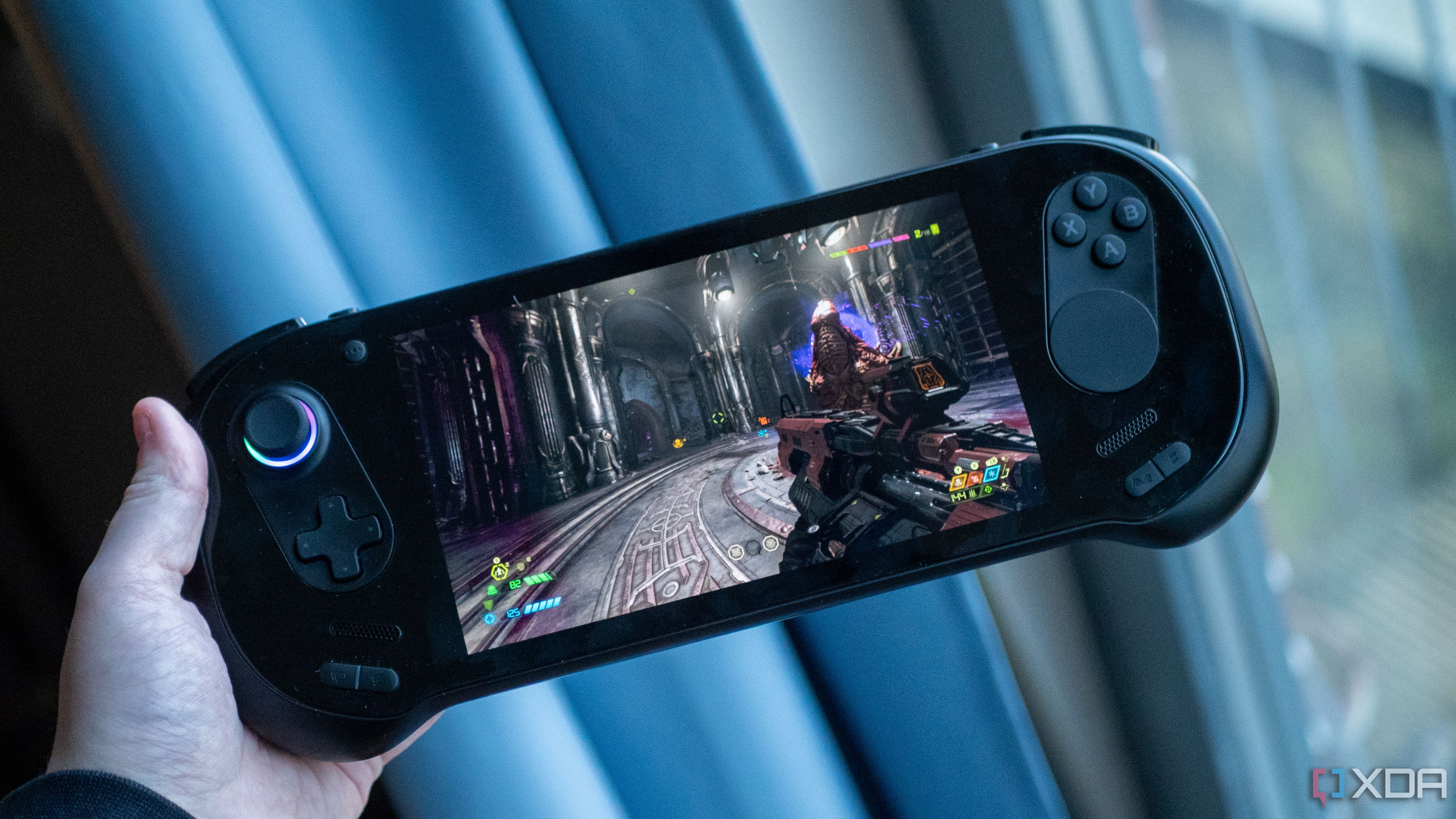
Related
The Ayaneo 3 is possibly the best gaming handheld on the market, but I still wouldn't buy one
The Ayaneo 3 is one of the best gaming handhelds on the market, possibly the best, but the pricing lets it down.
No less than half a dozen times on my trip, the design got in the way. Waiting for my plane at the airport? I had to prop the Flow Z13 up uncomfortably on my legs because the tables were full. On the plane? The keyboard was sliding off the edge of the tray table due to the extra space the kickstand took up. And while I was actually on the ground, I often found myself setting the Flow Z13 down on the floor to get around the kickstand digging into my leg, only to hunch my back over. Maybe I'm nitpicking, but those minors inconveniences really add up when you're taking a long trip.
It's a much bigger issue considering the detachable keyboard. It's not great. The keyboard itself is comfortable enough to type on with a snappy, chiclet feel to the keys, but the entire enclosure never feels solid. It flexes even under the lightest pressure, and the built-in trackpad is not only small, but also feels bad to use due to the plastic finish. I understand why the keyboard has to be this way for this type of device, but that doesn't change the fact that it's significantly less comfortable to use than even a standard laptop that costs half the price.
With the ROG Flow Z13, there are precious few situations where I wouldn't use it as a laptop.
In fairness to Asus, these are problems that the Surface Pro has, too. The subtle difference is that the Surface Pro is better equipped for this type of hybrid form factor. Both come equipped with a touchscreen, for example, but the Surface Pro has a dedicated tray for a pen in the keyboard. Strix Halo comes with fantastic battery life considering the performance, but it's still a far cry from the tablet-like battery life you can get out of the Surface Pro with the Snapdragon X Elite.
The ROG Flow Z13 does something completely different from the Surface Pro, and yet it uses the same design. With the Surface Pro, you'll probably use it as a tablet nearly as much as you use it as a laptop. With the ROG Flow Z13, there are precious few situations where I wouldn't use it as a laptop. It's not a mark against the clear engineering effort that went into the Z13. Rather, it's an issue with using a design that doesn't really fit the purpose of the Flow Z13. If the Flow Z13 were a traditional clamshell like Asus' abandoned X13, I reckon it would be a better device as a result.
The cost of being unique
We'll get more of these devices, and they'll probably be better
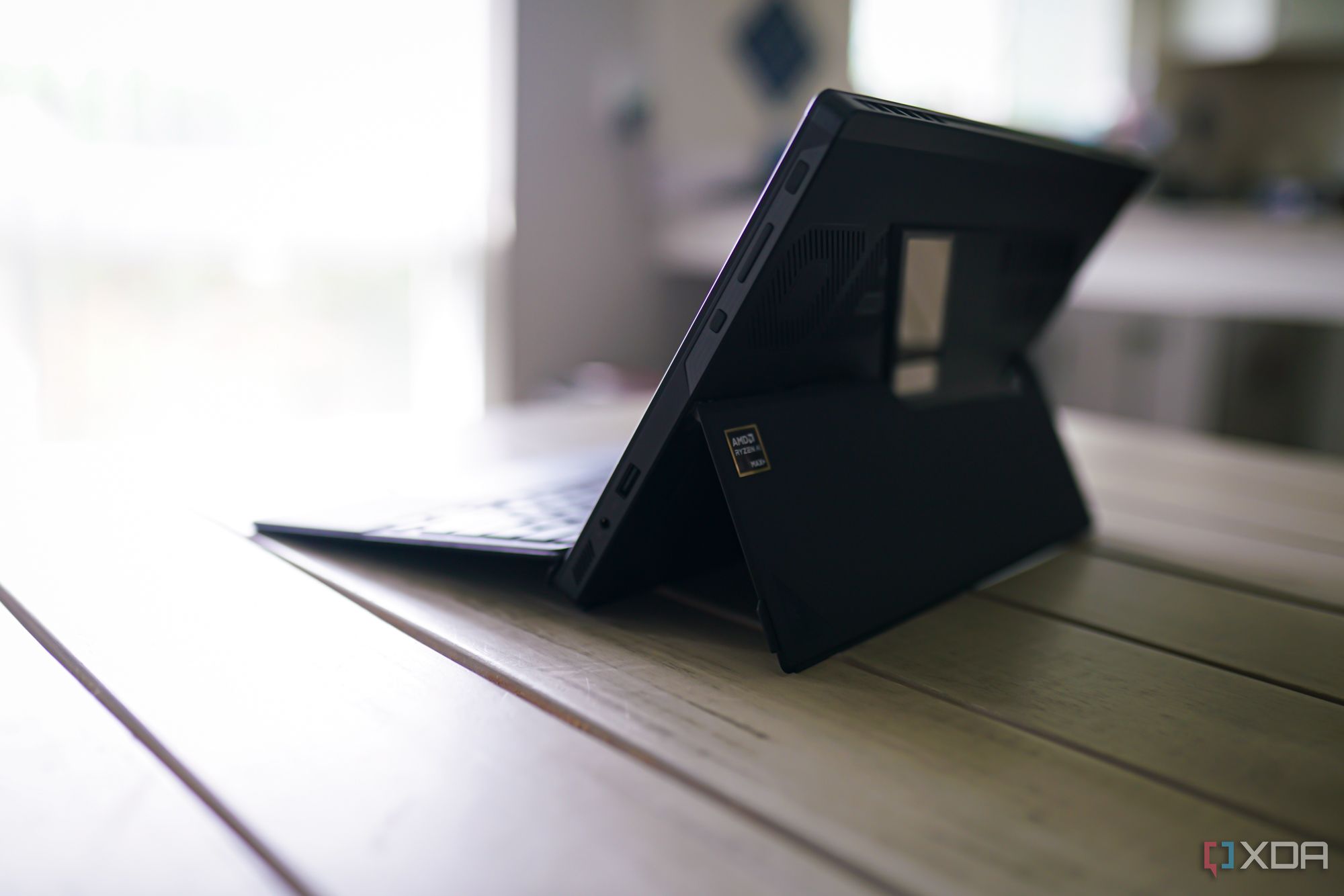
To my knowledge, the Ryzen AI Max+ 395 is only available in three devices. There's the Framework Desktop, the GMKtec Evo-X2, and the ROG Flow Z13 — and two of those aren't laptops. Technically, the chip is also available in the HP ZBook Ultra G1a, though only in the business-focused Pro variant, which's more expensive due to features that are a complete waste for consumers. The sparse availability of the flagship Strix Halo chip, especially among laptops, means that the ROG Flow Z13 is hard to come by, and even if you can find it in stock, it's incredibly expensive.
You'll spend at least $2,300 on the Ryzen AI Max+ 395 model, and that's for just 32GB of memory. And one of the key features of this device is that you can pack in a ton of unified memory. If you want the full 128GB, you'll spend well over $3,000. Keep in mind that the Ryzen AI Max+ 395 model is very difficult to find in stock, too — for most people, you can tack on an extra $300 to $500 unless you get particularly lucky with a restock.
The price right now is significantly influenced by the fact that the ROG Flow Z13 does something that other devices don't.
That's actually a decent price compared to something like the M4 Max MacBook Pro, which costs $4,700 when configured with 128GB of unified memory. It's not that the ROG Flow Z13 isn't worth the price. It's that the price right now is significantly influenced by the fact that the ROG Flow Z13 does something that other devices don't. And further, it does so in a form factor that isn't right for a lot of people.
We're certainly in the early adoption stage of this type of device. Although Apple jumped on the big SoC train a few years back, Strix Halo is AMD's first attempt. And Intel is just getting its feet wet with its impressive, though much less powerful, Lunar Lake options. We'll see more of these types of SoCs that can pack in a ton of unified memory on Windows devices before long, and I suspect they'll be far cheaper and come in a more varied lineup of form factors.
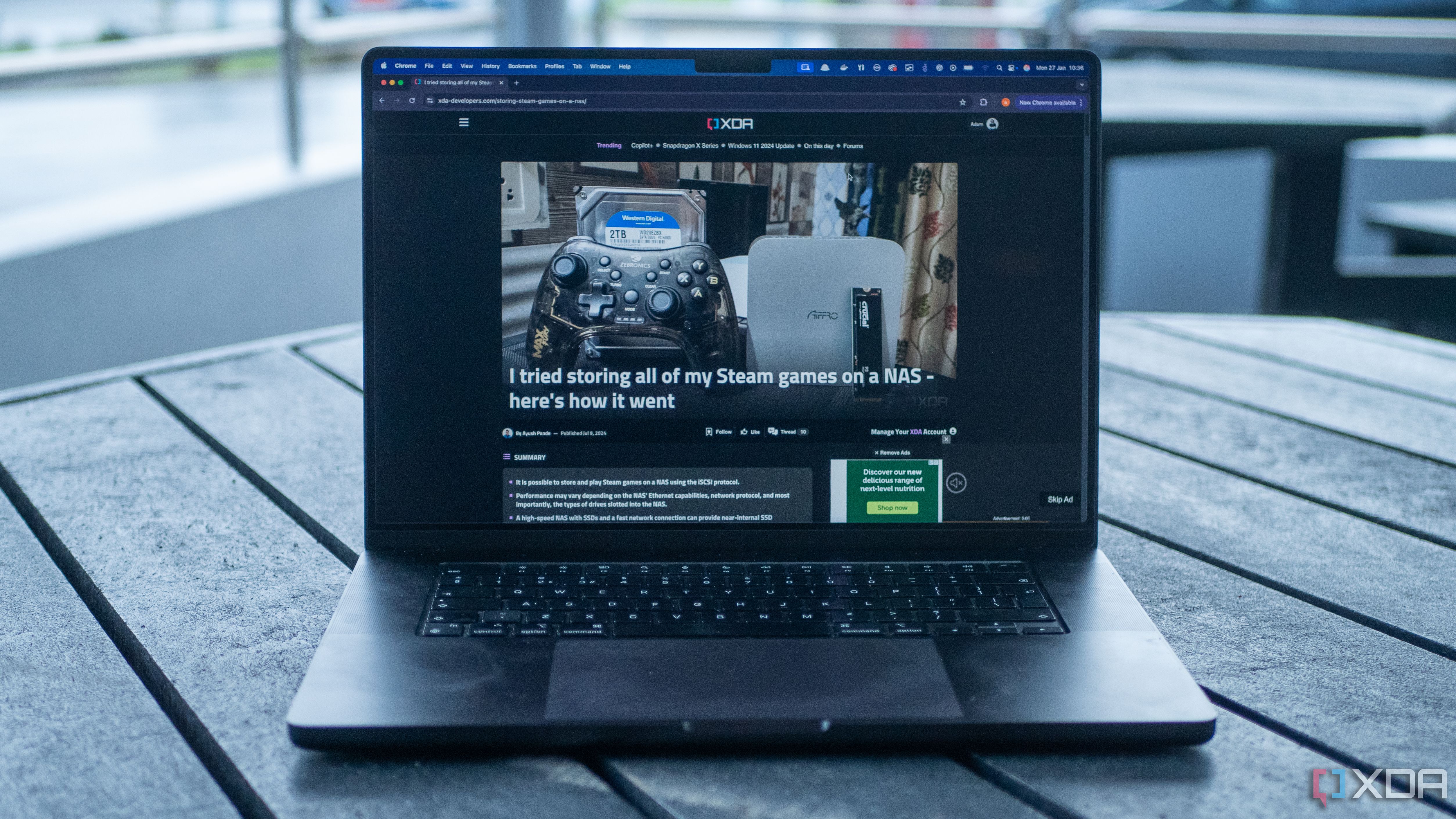
Related
MacBook Pro 16 (2024, M4 Pro) review: The first Mac worth upgrading to from an M1-series chip
The Apple MacBook Pro 16 (2024, M4 Pro) is the best laptop that I've ever used. And if you were using M1 before, it might even be worth upgrading.
You might want to sit this one out
I don't want to undermine the Flow Z13 because it's a truly excellent machine for a small set of people, largely due to the Strix Halo chip inside. I still wouldn't recommend it to most people right now. It's a device showcasing exciting new tech that swings for the fences, and Asus is largely successful in its efforts. But as is the case with being an early adopter of any new tech, I have a hard time believing the Flow Z13 will stand up to scrutiny in a few years' time. Once there are a wider array of devices, I imagine they'll not only be cheaper, but also come in different form factors so that you can truly have one device to replace several others.
And, when you're spending over $2,000 on a laptop, the test of time is what really matters.
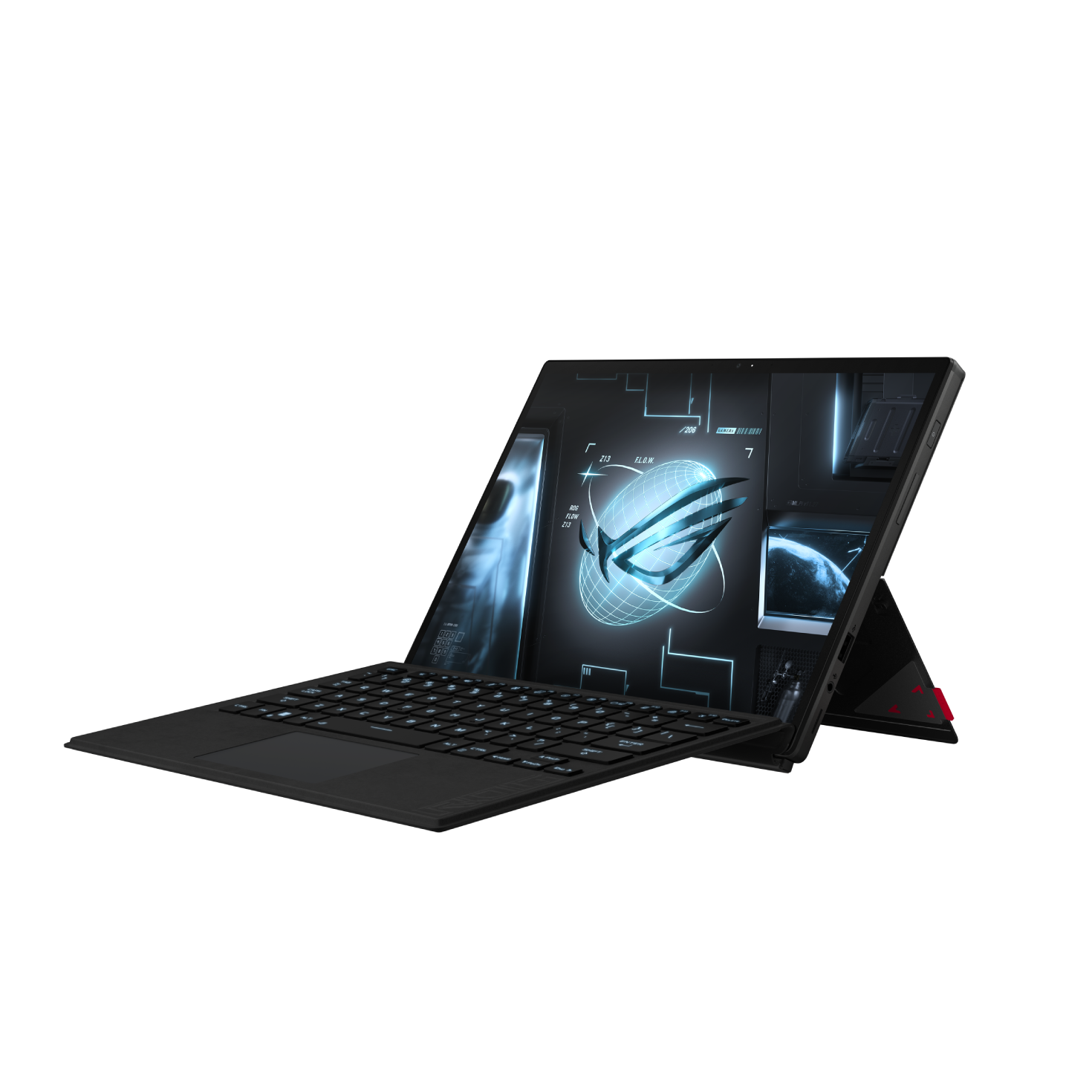
The 2025 Asus ROG Flow Z13 is one of only a few devices with AMD's Strix Halo chips, featuring up to a Ryzen AI Max+ 395 and 128GB of unified memory.
.png)
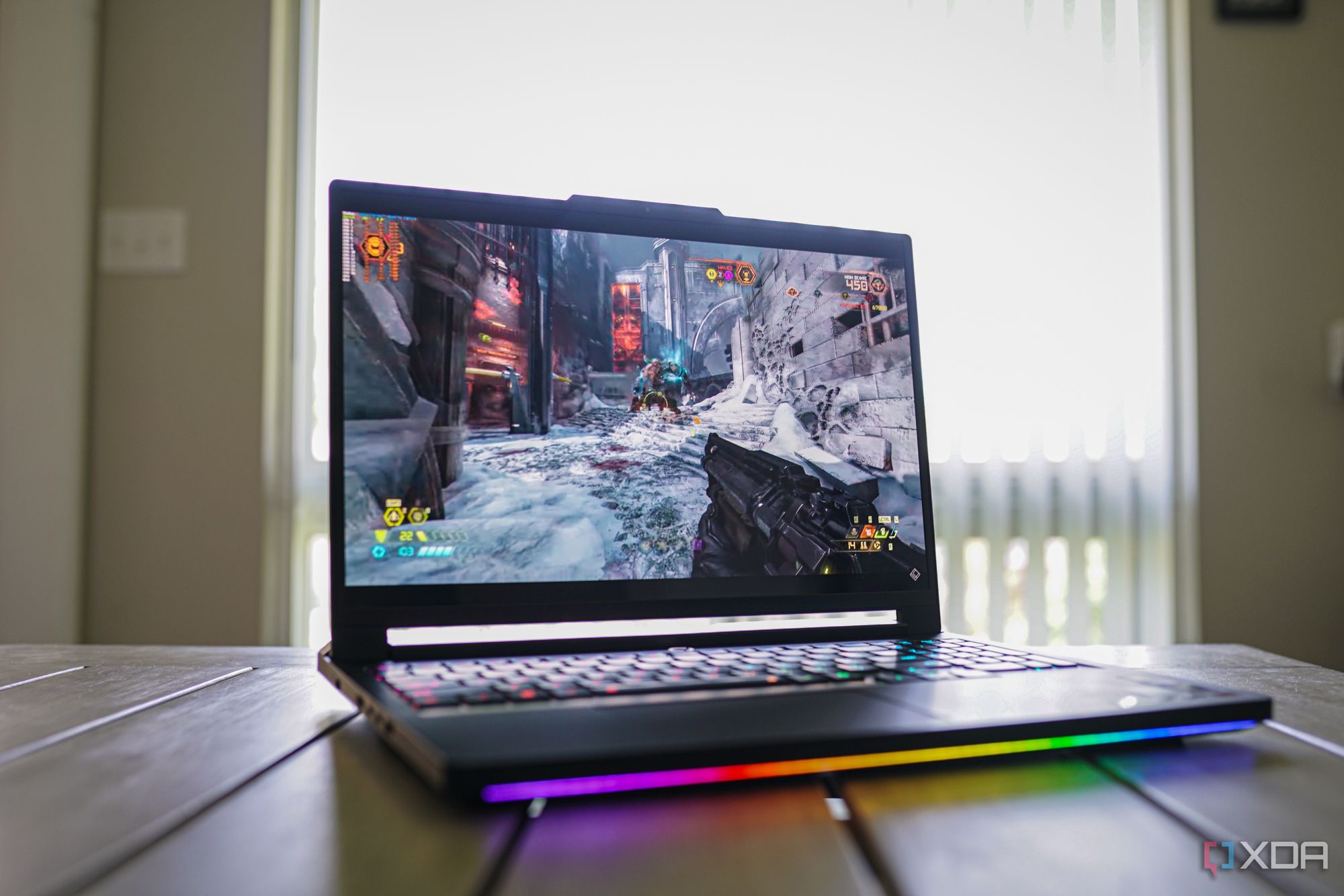
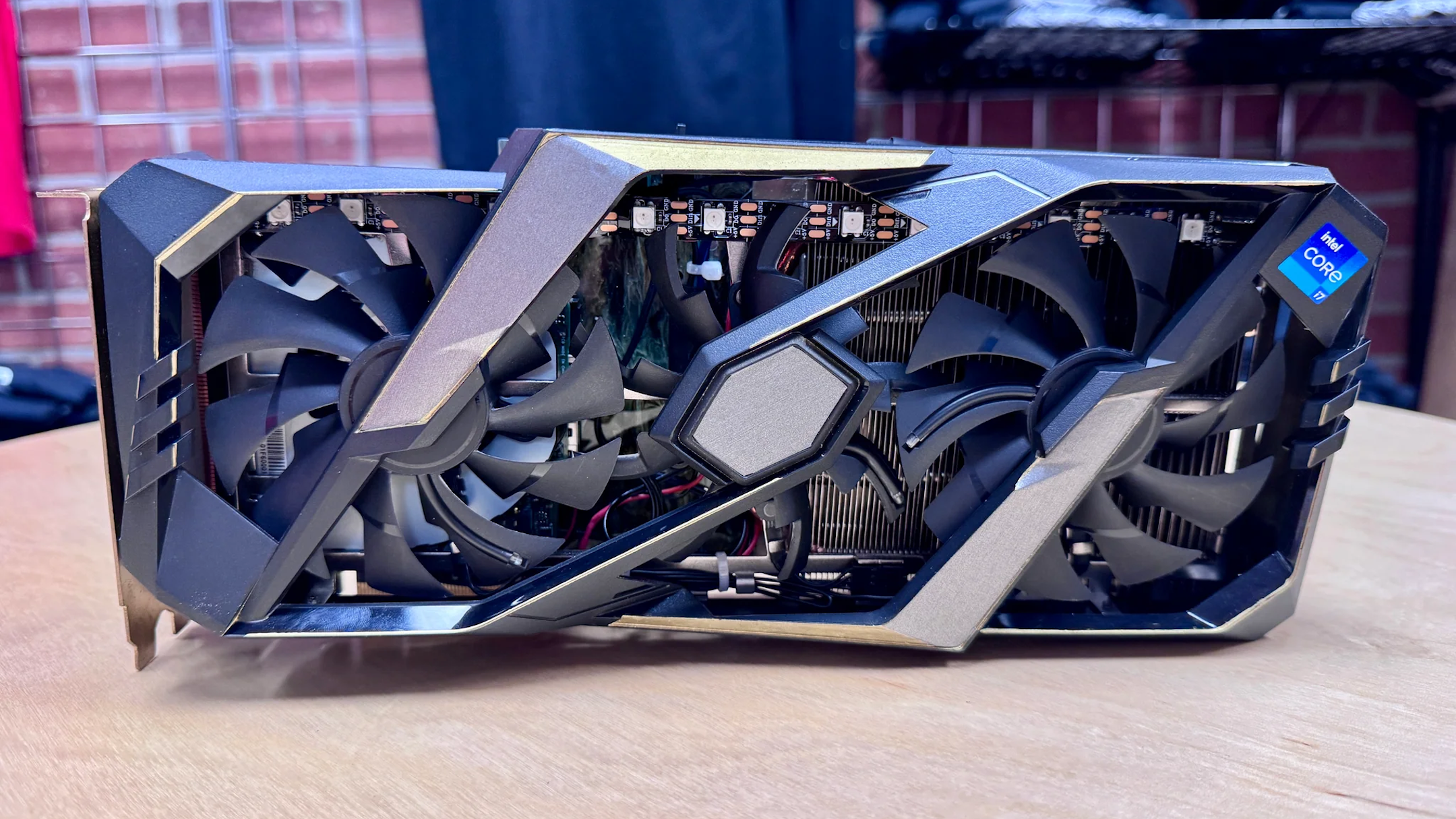
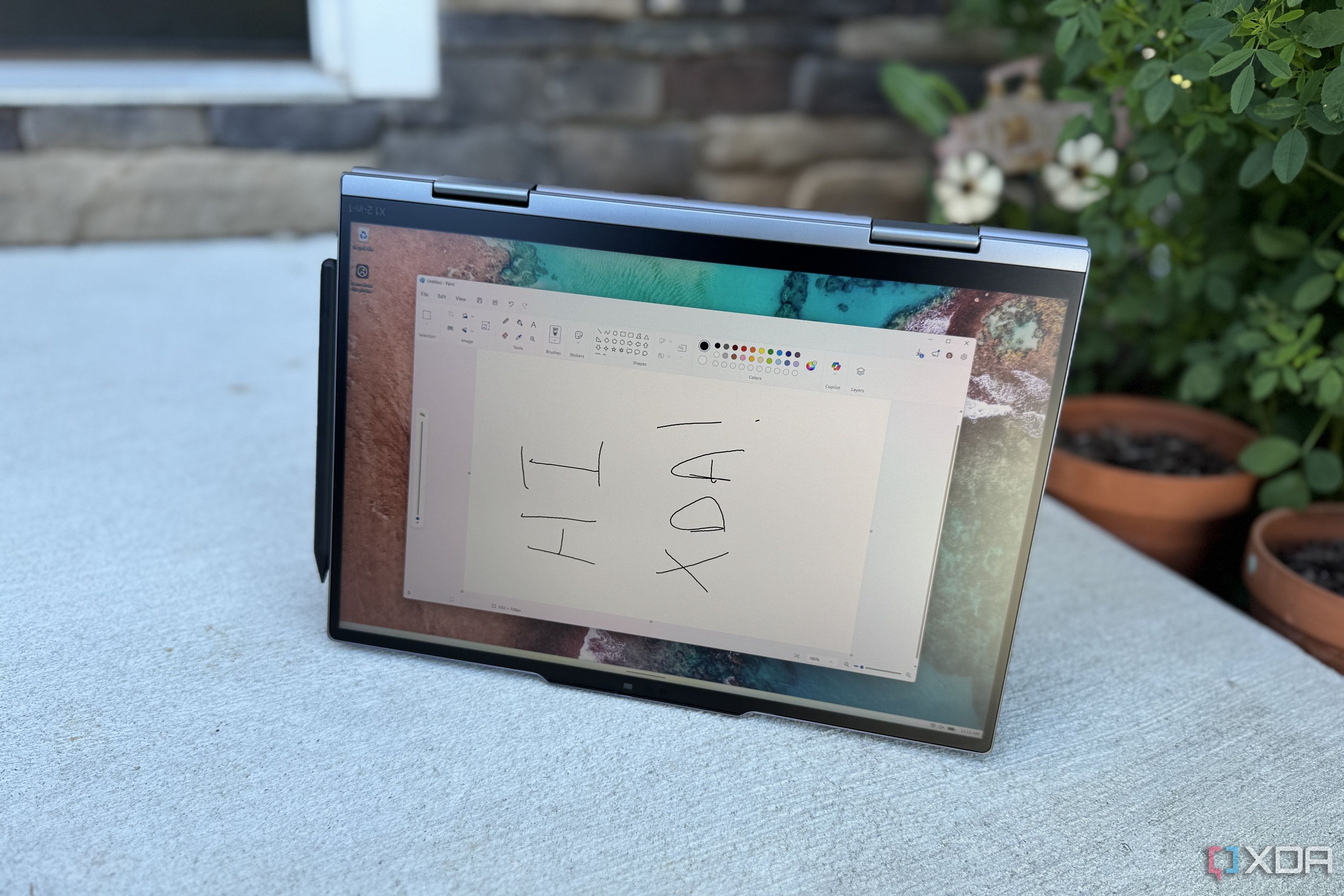










 English (US) ·
English (US) ·